Recently, CLTS Foundation Global was invited by the Department of Rural Water Supply, Ministry of Water, Government of Lesotho to facilitate a series of consultation meetings with sanitation actors and sector players at the national, district and community level in assessing the country’s sanitation situation. This initiative, with support from World Vision and UNICEF in Lesotho, is a move towards setting Lesotho back on track in achieving universal access to sanitation for its population during the SDG period. CLTS Foundation Global will work with the Government of Lesotho and sanitation stakeholders in the country to draft its new sanitation policy and put in place a roll out plan to implement and scale up Community-led Total Sanitation (CLTS) across its 10 districts.
Lesotho is one of the smallest countries in Sub-Saharan Africa with a population of a little over 2 million people, most of which are rural. The country is landlocked within South Africa, one of the most developed countries in the continent in terms of access to basic education, primary health care, access to water and sanitation, infrastructure, per capita income, livelihood opportunities and other basic indicators of development. In contrast, Lesotho’s access to most of these indicators is very dismal and skewed in comparison to even some of the other smaller countries in the region. Lesotho has fallen short of achieving most of its Millennium Development Goals (MDG) and ranks 161 out of 188 countries, in the Human Development Index (HDR 2014). According to the Lesotho Demographic Health Survey (LDHS) 2014, 38% of the rural population continue to practice open defecation (OD). The under-5 mortality rate is high with 85 deaths per 1000 live births and the infant mortality is equally alarming at 59 deaths per 1,000 live births. The maternal mortality ratio has been increasing steadily since 2001 and stood at 1,143 deaths per 100,000 live births in 2011 despite various initiatives. Additionally, the 2014 LDHS survey showed that 33% of children in Lesotho are stunted and 11% are severely stunted. An estimated 3% of children were found to be wasted during the survey while 10% was found to be underweight.
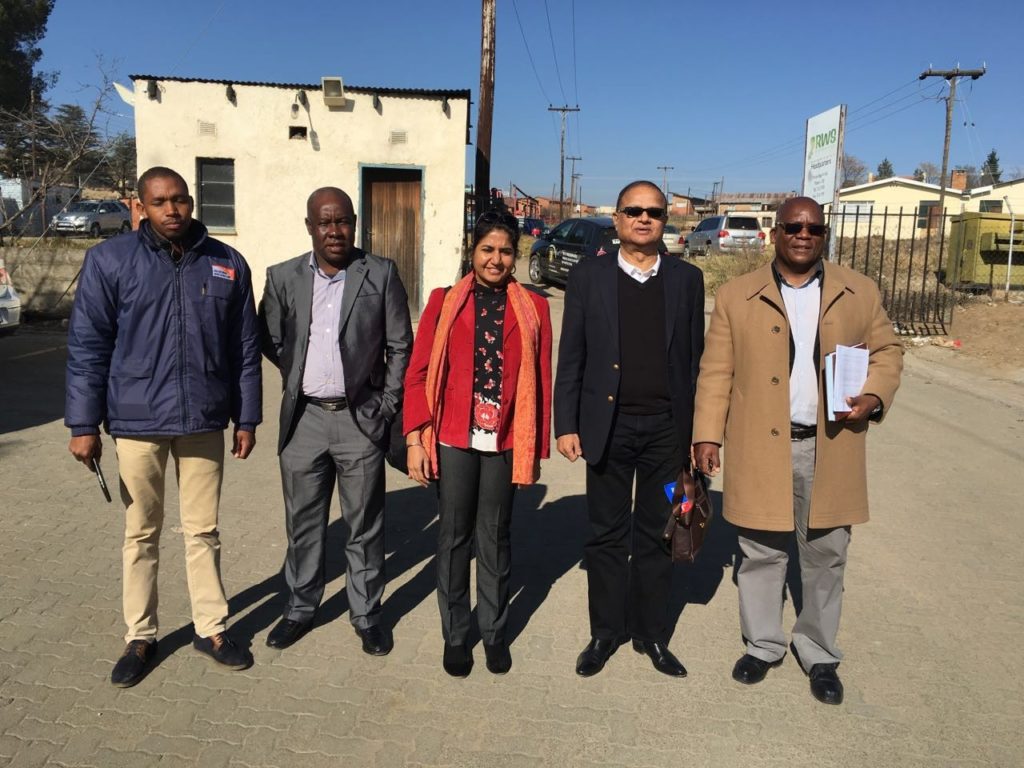
CLTS Foundation Global team (Dr. Kamal Kar and Preetha Prabhakaran) with Mr Tlali Hlasa, Director of DRWS, Ministry of Water (far right) and the World Vision team in Lesotho.
Lesotho’s sanitation story is particularly depressing. Not just because of its current sanitation coverage which stands at only 53% – there are other countries in sub-Saharan Africa that have recorded lower access rates than this. Having said this, the current coverage does not necessarily reflect the toilet usage; there is no official data currently available to know that all the people who have toilets are using them. A look at the above health statistics raises grave doubts in this regard, as the direct links between poor sanitation and low health outcomes are all too well known. Lesotho’s sanitation story is disheartening because, this current scenario when placed in the context of its sanitation history, reveals how an entire generation of people have been deprived of basic sanitation and hygiene, bringing with it the burden of diseases, ill health and under nutrition, most of it preventable, merely because of incorrect planning, management and coordination of resources, guided by ill-informed policies.
Lesotho’s sanitation tragedy lies in the fact its story wasn’t meant to have unfolded this way. Lesotho started way ahead of its counterparts at the beginning of the MDG period, with 50% of the population already having achieved access to sanitation. It was identified as one of the countries that would steadily make progress and achieve universal access by the end of the MDG period. A sound national rural sanitation programme (NRSP), under the Ministry of Health, had been established way back in 1987 and was fully operational, with principles of community empowerment, collective action, entrepreneurship and self-reliance at the heart of its strategy. Lesotho’s home-grown sanitation model was exceptional and Lesotho was considered a trailblazer, with the potential to set a winning example for other countries in the region. It seemed only a matter of time before Lesotho would fast-track its efforts towards becoming one of the first open defecation free (ODF) nations in the region and inspire other countries in the region to do the same. However, almost a decade and half down the line, as Lesotho embraces the new Sustainable Development Goals (SDGs), it stands at the same point where it began in the early 2000s. How did this happen?
The decision to situate the NRSP when it evolved in 1987, in the Environmental Health Section of the Ministry of Health was a conscious step, keeping in view that health and hygiene should be seen as the main entry point as well as outcomes of sanitation and toilet usage. The government played largely an organisational and facilitative role, focusing on health and hygiene promotion to create user demand through campaigns and education. Communities constructed their own latrines by engaging private- sector latrine builders based in their or neighbouring communities. The entire costs for construction, including materials and builder’s wages were taken up by the households. People reduced their cost by collecting and using local materials for construction. The Ministry of Health invested in training rural community members on technical skills for construction and maintenance and many of these developed into small scale entrepreneurs, who had a direct economic incentive to promote improved sanitation and toilet usage in their communities. In this way, sustainability of the initiative was ensured.

Dr. Kamal Kar and Preetha Prabhakaran of CLTS Foundation Global with government officials from different ministries at Mokhotlong district, Lesotho.
As a result, rural sanitation coverage increased significantly in just over 20 years, from a mere 15 percent at the end of 1980s to over 50 percent by the beginning of the MDG period. Research in Lesotho also suggested a significant reduction in the incidence of sanitation related diseases in areas where water and sanitation projects had been implemented. For reasons unknown or undocumented, however, the whole approach changed track at the beginning of the millennium when the primary mandate for rural sanitation shifted from the Ministry of Health to the Ministry of Water, under the Department of Rural Water Supply (DRWS).
Under the DRWS, sanitation was perceived as an extension to provision of water supply facilities. It became a matter of infrastructure over everything else. External private contractors were brought in and the government took on the responsibility to construct toilets for the community with external support. The government thus moved from playing a facilitative and supportive role towards a direct implementation role. Other than building latrines the present approach of DRWS has no provision for initiating collective behaviour change focused towards ensuring usage of the facilities. External donor agencies support the government in providing hardware sanitation subsidy of varying amounts to rural households. This hardware subsidy comes with a universal toilet prescription design built with high external input dependent materials like cement, iron sheet, pans pipes etc. Most of these materials are not always available locally particularly in the remote rural areas and often it not easy to transport the materials to villages located in high mountains or in the valley with difficult access, thus increasing the cost considerably. At the end of it all, even official government data shows that this approach has not met with success in terms of outcomes.
At the end of the MDGs and the dawn of the SDG period, globally nations are consolidating their achievements and lessons of the past, to forge a new path towards success. Additionally, every country is under pressure to respond to regional and international commitments to meet the new global goals. These factors have collectively brought about a new awakening in the Lesotho government and administration for the need of a more sustainable approach to ensure universal sanitation coverage and move towards better sanitation and health outcomes.
The first steps towards initiating this change was notably taken by DRWS, and in November 2014, with the support of UNICEF, the government organized the first national CLTS workshop in Thaba-Tseka district. Among the 11 communities triggered during the training, one village Ha Khupiso has been certified as open defecation free (ODF) and 2 more villages have claimed ODF status. Other districts such as Mafeteng, Botha-Bothe, Quthing and Qacha’s Nek have started triggering their villages. The success of Ha-Khupiso has triggered across the nation a renewed hope of the past, of the community’s power to bring about sustainable change. Key sanitation actors and sector partners are realising that it is impossible to achieve universal coverage with sustained change in sanitation and hygiene behaviour practices unless the community sees sanitation as an internal need and leads its own process of change.
During the recent consultations led by CLTS Foundation Global at the district and national level, stakeholders voiced the need to put in place a national sanitation strategy with CLTS as its core principle, to set a national target date for achieving ODF along with a clear roadmap and milestones to fast track access to basic sanitation in the country. It was felt that being a country with a small population of just over 2 million, Lesotho has the potential to achieve ODF in a very short time. Additionally, this would make Lesotho one of the first ODF countries in the African continent, thus becoming a role model for other countries, especially the BNLS countries in the region. Looking back at the MDG era, while many countries did not achieve their MDG sanitation targets, a great number among them have put in place national policies and strategies focusing on community empowerment to fast track their country’s progress. These efforts need to be streamlined and accelerated to push ahead sanitation progress in the continent during the SDGs. For this, a few quick successes, in the form of ODF nations, is critical for the SDG target to become a reality. In the larger perspective, Lesotho could regain lost ground and play an instrumental role in leading change in the continent by becoming its first ODF nation.

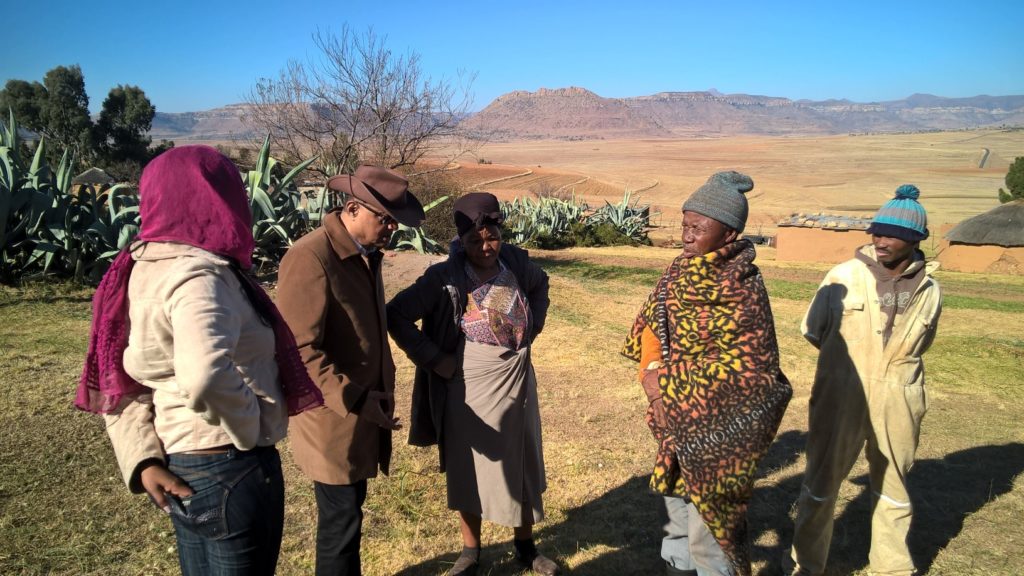
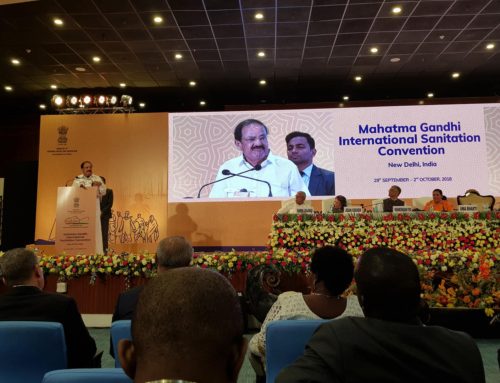
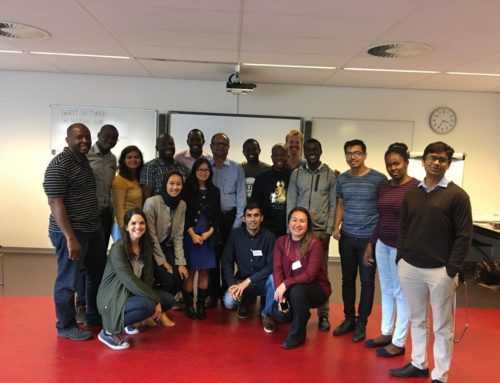
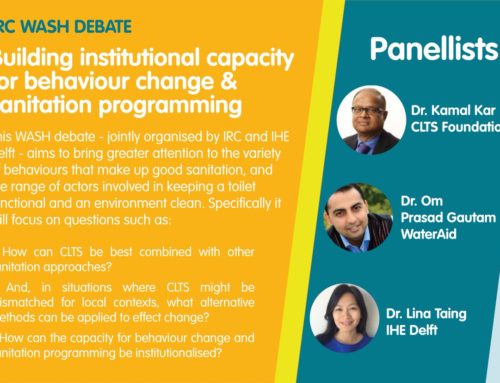
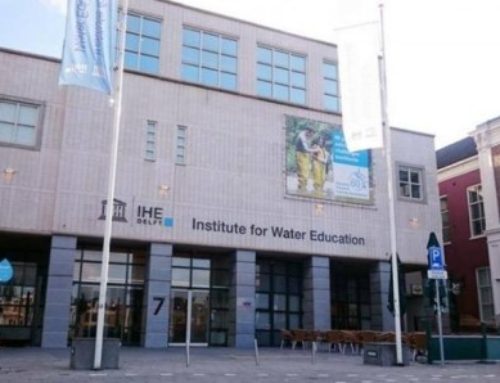
Leave A Comment